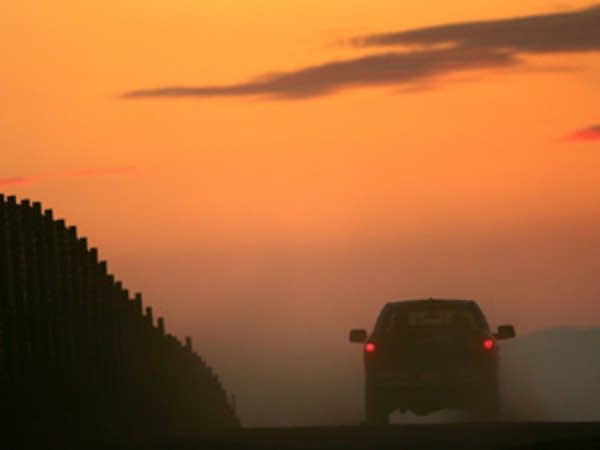How the U.S.-Mexico border was created, changed and enforced

A vehicle drives along the U.S.-Mexico border fence at sunset in an area where activists opposing illegal immigration search for border crossers near Campo, California.
Photo by David McNew/Getty Images
Go Deeper.
Create an account or log in to save stories.
Like this?
Thanks for liking this story! We have added it to a list of your favorite stories.


